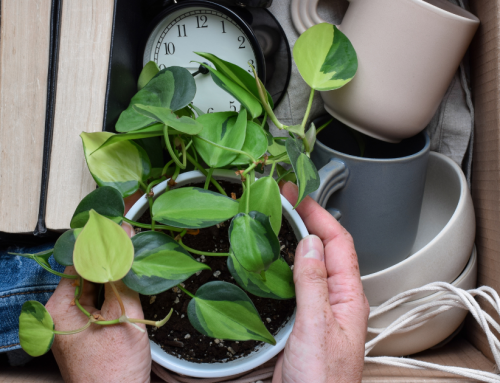By Rita Wilkins
The Downsizing Designer
When you looked around your home during this past year, did you start noticing anything you hadn’t noticed before?
- The excess stuff you had accumulated over many years.
- The boxes in the attic, basement, garage that you had no idea what was even in them.
- The spaces in your house that work and the ones that don’t.
If you are like many others, you might have discovered…
- Rooms in your home you don’t use regularly that are wasting space and money.
- Rooms that you wish you had more space or a better laid out space.
For example:
- More space for his and her home offices.
- A better kitchen layout for more than one cook at a time.
- Various homework areas for your kids to focus on their work.
- A unique retreat space for you to be alone when needed.
If you are looking at your home right now and saying “It’s time” to move to another home that better suits your current lifestyle, age, or stage of life, the home that you’re thinking about is what is called a “right-sized home”.
Right-sizing your home is different from downsizing in that, the home is not necessarily smaller.
- It’s the right size for you at this time and stage of your life.
- It’s a good fit for what you want and need right now.
- It’s also a good fit for what you no longer want and need right now.
Are you a boomer that is wanting to Downsize?
Check out my New Course: How to Downsize and Declutter for Boomers: Find Freedom in Living with Less.
THE PROCESS FOR DETERMINING THE “RIGHT SIZE” FOR YOU
5 simple steps to right-size your next home.
1. Know “why” you want or need to right-size.
- Know upfront that selling your long-term family home is both emotional and hard work.
- Know that both partners may or may not agree that it’s the right time to move.
Read one of my latest blogs titled “The Dueling Downsizers” to learn more.
But there are certain reasons to consider right-sizing…
A. Life Events or Life Circumstances “Have to”
- Death of a loved one: The house has become too big to maintain alone
- Divorce: The house might be too large for a single person
- Finances or job loss: The house is too expensive for your new financial situation.
- Sudden change in health: The house is no longer works for your new health condition.
B. Life Stage “Should”
- Empty nest: The house is too big, no need for this much space
- Retired and pre-retired: The big house just doesn’t make sense anymore
- Aging: The big house and stairs no longer work for you.
C. New Lifestyle “You want to”
- You are ready for a big change
- “It’s time” for a completely new lifestyle
2. Know what you want, need, and will use.
- Take time to determine what’s “right” for you
- Move once not twice. (Learn more about “Double Downsizing here: How to Avoid the Costs of Double Downsizing)
- Weigh your options: find an optimal space that works for you now as well as for the next 5 to 10 years
- Not ready yet? Not 100% sure?
- Consider renting vs. buying as it offers more flexibility and mobility.

Get your Free Download: The ABC’s of Downsizing
Life Changes
- What was once the “perfect house” is no longer the perfect house.
- Determine the kind of lifestyle you want.
- City, country, beach or mountain, homes, apartment, townhouse, condo, or single-family dwelling.
- Determine the kind of house you need.
- A size that fits your current needs.
- Amenities that you want and need (one-floor living vs. two-story).
3. Practical matters to consider when right-sizing.
- The size fits your budget.
- You can easily afford and it suits your budget.
- Consider cost associated with moving.
- The size fits your current needs and as well as your projected future needs.
- Proximity to family and medical care.
- One floor living.
- The house fits the current lifestyle.
- Walkability for an active lifestyle.
- Community to prevent isolation.
- Desire for new friends and activities.
- Safety
4. Take only what you need, use, and that you love.
- Moving to a smaller space forces you to pare down your possessions that you don’t want, need or use.
- Moving to a right size home makes room for more of what matters to you.
5. Ask yourself a thousand questions to determine what’s right for you.
- Current House:
- Enough space? Too much space?
- How much space is actually being used?
- How much space is being used to store all of your possessions?
- Percentage of rooms in your home that are not being used?
- Percentage of rooms in your home that are used most?
- How much is that costing you in time, money, and effort to maintain those rooms?
- What’s missing in your current home that you wish you had?
You can see this is a big topic that I can explore with you for hours.
If you want to hear more about right-sizing, check out my Facebook Lives and Blogs.
Please email me or comment below for any questions.







